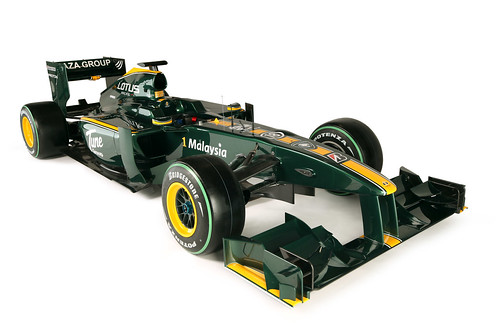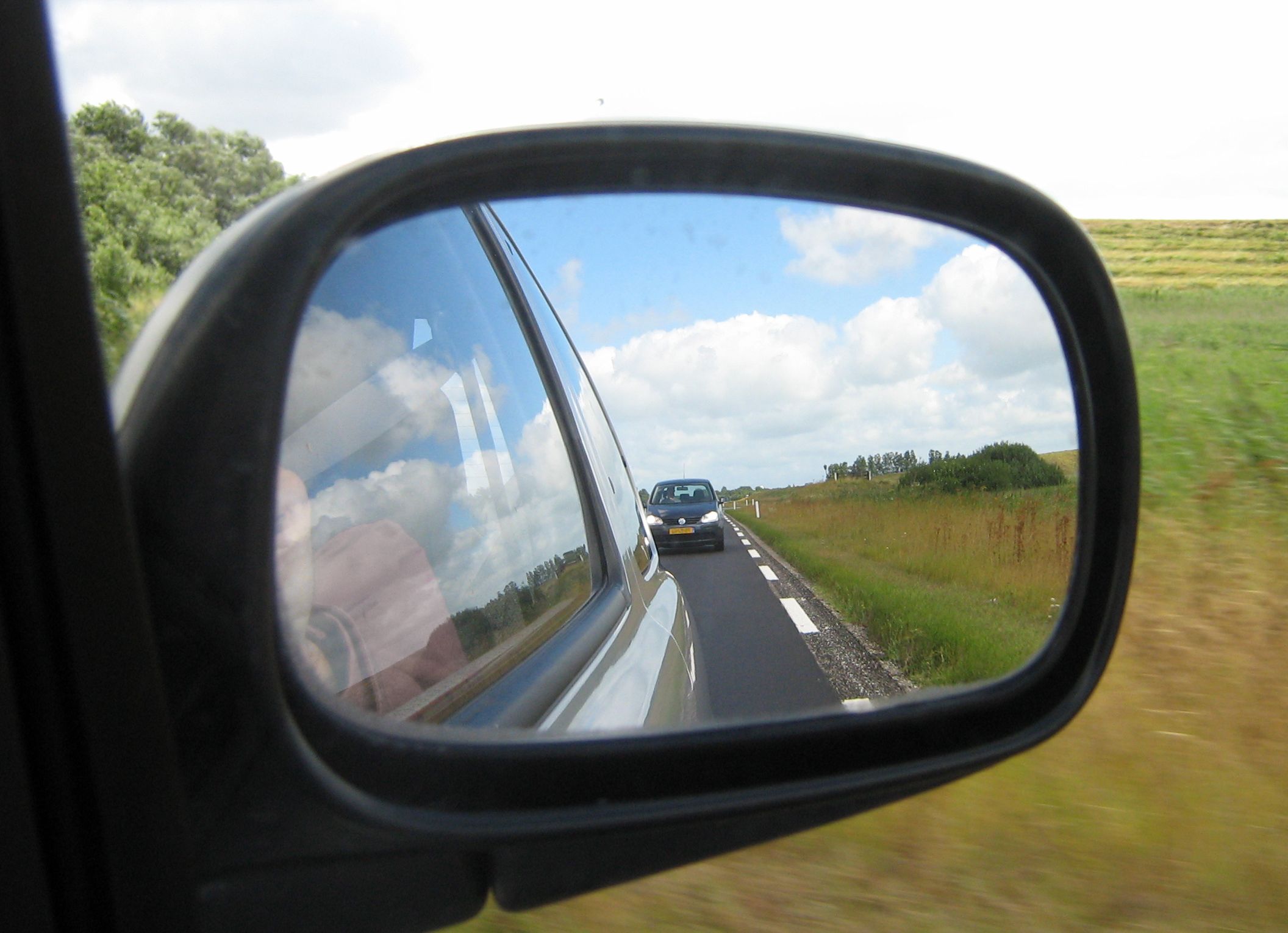
For someone in the unlikely situation of being new to watching motorsports but having access to the Speed Channel, Formula 1 is an appealing starting point. The cars are fast and exotic, the competition is close, the tracks are in interesting places all over the world, and the coverage is extensive, informative, and entertaining. Regardless, it may still be difficult to have an immediate grasp on everything that is going on, particularly mid-season. The Formula 1 website is a fantastic source for detailed information (particularly about the rules and various technical aspects of the sport). There are a few unique, and important, characteristics of Formula 1 that will come up during a regular broadcast, such as:
Team structure - This season there are 12 teams (or "constructors"), and each team is comprised of two drivers. The teams are called constructors because they do in fact design and build their own cars (but not the engines). There are no "customer cars" allowed this season, so one team cannot buy cars or parts (with the exception of the engine) from other teams. The engines are tightly regulated this season, and only a handful of engine manufacturers are available for use by the constructors: Cosworth, Ferrari, Mercedes, and Renault. Both the constructor's and engine manufacturer's names are usually used to identify the teams, such as "Red Bull Renault" or "McLaren Mercedes."
The two championships in contention - Each driver is racing against all of the other drivers in an effort to finish in the best position possible. For each race, the winning driver gets 25 points, 2nd place gets 18 points, etc. down to 10th place which gets 1 point. Cars finishing behind 10th get no points (complete details here). Additionally, each team is awarded the sum of the points scored by their two drivers. At the end of the 19-race season, the driver with the most points is crowed Drivers' World Champion, and the team with the most points is crowned Constructors' World Champion. Both championships are thought to hold equal weight and importance.
Qualifying format - The starting order for each race is determined by a three-stage qualifying system. All 24 cars have 20 minutes to set the fastest lap possible. The cars may qualify at any point during the 20 minutes, and the cars do not necessarily get the track to themselves. Following the first session (called "Q1"), the six slowest cars are set at the six worst starting positions. After a short break, the remaining 18 cars then have 15 minutes to again set the fastest lap possible. The times from Q1 are disregarded and these 18 cars must re-qualify. Following the second session ("Q2"), the eight slowest cars are set at the next-eight-worst starting positions. After a short break, the remaining 10 cars then have a final 10 minute session ("Q3") to again re-set their fastest lap to determine the top 10 starting positions.
Team orders - There are a number of circumstances during which a team would find it advantageous to have their drivers finish in a particular order. By mid-season it can become clear to a team that one of their drivers has a better chance to win the Drivers' World Championship than the other, and the team may want to provide that driver with the best chance for success, for example. The sporting regulations state that teams are not allowed to orchestrate in any way the finishing position of their two drivers relative to each other, but there have been many instances where this has almost certainly been the case. One case was during the Hungarian Grand Prix, Ferrari's Felipe Massa was told over the radio that his fellow Ferrari driver, Fernando Alonso, was "faster," and Felipe was asked "do you understand that message?" Shortly thereafter, Massa's Ferrari slowed significantly coming out of a corner, allowing Alonso to dart by. Massa had no further trouble during the race.
F-Ducts - The McLaren Mercedes team developed a system to direct air from the front of the car through a duct in the dorsal section to the rear wing. When this duct is activated (by the driver's hand or knee), the airflow stalls the rear wing, drastically reducing both its downforce and drag, causing a large increase in top speed down the straights at no downforce penalty in the corners. Other teams are just starting to develop their own versions of this system, but the cars are so aerodynamically sensitive that any change requires extensive research and development to be effective.
Corner names - Most Formula 1 tracks have names for each of their corners. Many corners are named after notable racing drivers, but some are named more arbitrarily. Turns 6 and 7 of Monza, the track used for the Italian Grand Prix, are called the "Lesmos," which can cause some confusion during the broadcast.
There are also a few things to note about the broadcast and coverage itself:
The cameras are not controlled by the commentators - Where the cameras are placed along any given track and on any given car, as well as which camera shot is used at any given point, is controlled by FOM, the singular Formula 1 rights manager. The Speed Channel commentators are therefore forced to call the race as it is presented to them. Normally this is seamless, although on occasion the commentators are interested in a particular pass or battle that is not shown for as long as they would like. Overall the camera work is excellent, and the commentators are able to provide a constant stream of information relating to the standings, the current strategies, the various pieces of technology on the cars, layman's translations of radio broadcasts, etc. One downside to the extent of the coverage and commentary is that missing something said by one of the commentators is undoubtedly missing something important, interesting, and entertaining. Socializing during the broadcast is not watching the race.
The three main commentators are off-site - Bob Varsha, Steve Matchett, and David Hobbs call each race from a studio in North Carolina, in real-time. Will Buxton is on-site at each race, although he gets significantly less air time than the other three. Will Buxton is new to the broadcast team for this season, and he is a replacement for Peter Windsor who had been a close friend of the other commentators. Buxton has useful access to drivers in-person although he frequently injects his opinions into his reports, and those opinions are not always objective or even factually accurate.
The pre-race show and post-race interviews are must-watch events - For 30 minutes before the race, the commentators will discuss in great detail various technologies and strategies employed by the teams, review important storylines, and show relevant highlights from earlier in the weekend (practice and qualifying) or the season. The show is dense with information while being entertaining and exciting. Following the race, there is extensive discussion about the repercussions of the results on the two championships, and the official driver interviews provide fascinating insight into how each of the top three finishers saw the race.
While the above is by no means comprehensive, with any luck a new viewer will have an idea of the volume of entertainment and information they will experience watching a Formula 1 Grand Prix.
Enjoy!






